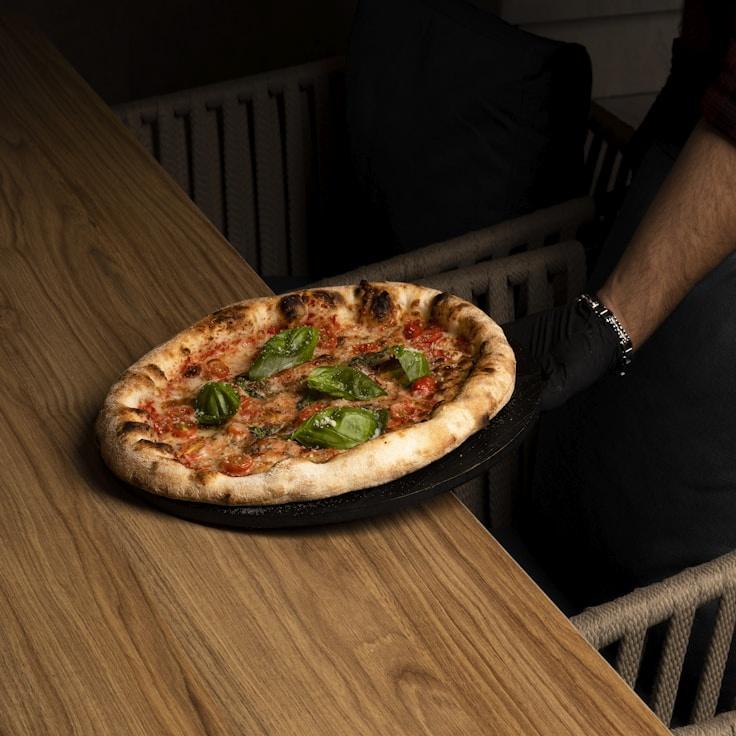At LanternFen Pizzeria, we stand by the principle that extraordinary pizza is born out of extraordinary dough. With over thirty years dedicated to refining our recipe, we're eager to divulge some of our trade secrets. Our precise blend remains a closely guarded tradition, but the following key principles can guide you towards producing pizza dough of restaurant caliber in your own kitchen.
Flour Quality is Key
Superior pizza dough begins with premium flour. We endorse the use of 00 flour, an ultrafine Italian variety with a moderate protein content (about 12%). It strikes a delicate balance between elasticity and softness. In the absence of 00 flour, bread flour makes for a satisfactory alternative, albeit with a marginally altered consistency.
Water Temperature and Dough Moisture Levels
Your water's temperature plays a pivotal role in the time it takes for your dough to ferment and develop. To achieve slow fermentation, synonymous with superior taste, opt for cooler water at approx 45°F (7°C). For a swifter fermentation process, warmer water at about 85°F (29°C) is ideal. The dough's hydration level, the water to flour ratio, is best kept between 60-70% for the majority of residential ovens.
Less Yeast, More Time
A crucial trick for a flavorsome dough is to use a reduced amount of yeast and a longer fermentation period. We use only 0.2% of fresh yeast based on our flour weight, which we then allow to ferment slowly for 24-48 hours. This gradual fermentation cultivates a rich flavor profile and produces a dough that's more digestible.
Salt's Role Extends Beyond Seasoning
Salt’s responsibilities are not confined to flavoring your dough—it also fortifies the gluten network and regulates the fermentation rate. Introducing fine sea salt at a ratio of 2.5-3% with respect to your flour weight is our recommendation. Introduce it as your flour and water start to merge, this prevents the salt from making direct contact with the yeast.
The Science of Fermentation
Post-mixing, your dough should undergo an initial room temperature bulk fermentation for a couple of hours before being divided into individual balls. Subsequently, store these balls in lidded containers and refrigerate them for 24-72 hours. It's during this cool fermentation period that the transformative process occurs. Enzymes convert starches into sugars, enhancing flavor and contributing to the dough's invitingly brown crust.
Gentle Handling
Come pizza-making time, remove the dough from the fridge 1-2 hours prior to baking to let it return to room temperature. It's important to handle the dough with care to maintain the gas bubbles that have formed. Rather than rolling out the dough, which would deflate those bubbles, gently pressing and stretching the dough with your fingertips is the preferred method.
Heat: The Essential Ingredient
While our professional ovens can reach scorching temperatures of 850°F (454°C), typical home ovens will peak at around 550°F (288°C). To reproduce a similarly crisp crust and light interior, it's advisable to preheat a pizza stone or baking steel for at least an hour before use, to mimic the powerful heat from underneath that our ovens provide.
Perfecting pizza dough is an evolving process with each attempt offering new insights. We urge you to keep a baking journal, tweak various factors, and find the methods that resonate best with your own cooking space.
For a live demonstration of our dough preparation technique, consider attending one of our monthly pizza-making classes hosted by Chef Giovanni. Our events calendar has more information on the forthcoming sessions!

